We may earn money or products from the companies mentioned in this post. This means if you click on the link and purchase the item, I will receive a small commission at no extra cost to you ... you're just helping re-supply our family's travel fund.
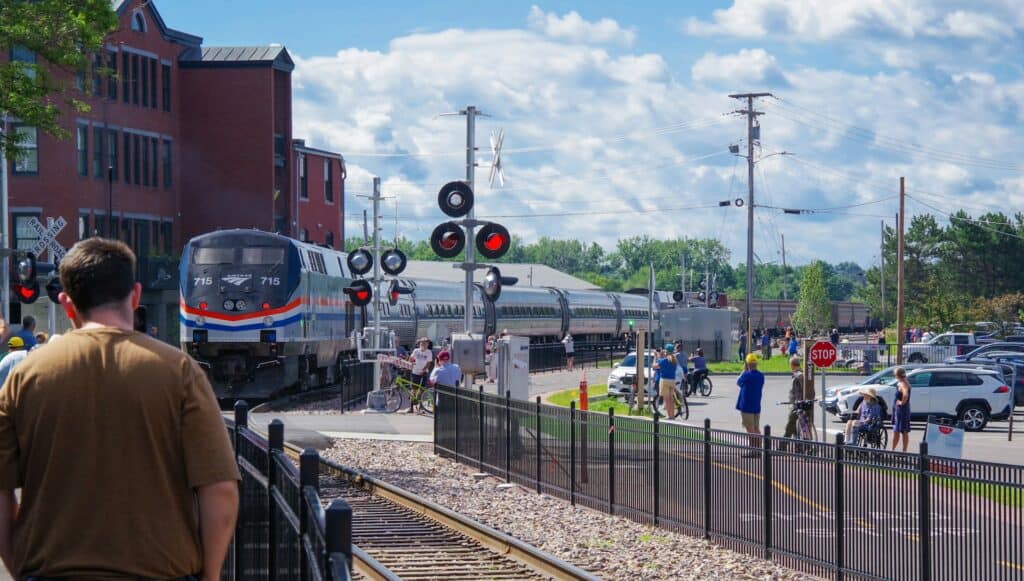
Some trips change pace the moment wheels touch the rails. You sit, the whistle lifts, and the country unfolds at a human speed. Town names appear on station boards like chapter titles. Conversations soften. Your shoulders drop. The map stops feeling abstract and starts feeling lived in.
A train-first itinerary does more than shuffle transport. It reshapes how you plan, what you notice, and where your money goes. This guide shows why rail is a strong backbone for U.S. travel, how to plan around stations, what to pack, and which corridors reward the choice. Think of it as a practical playbook with a calmer pulse.
Why Train-First Travel Works
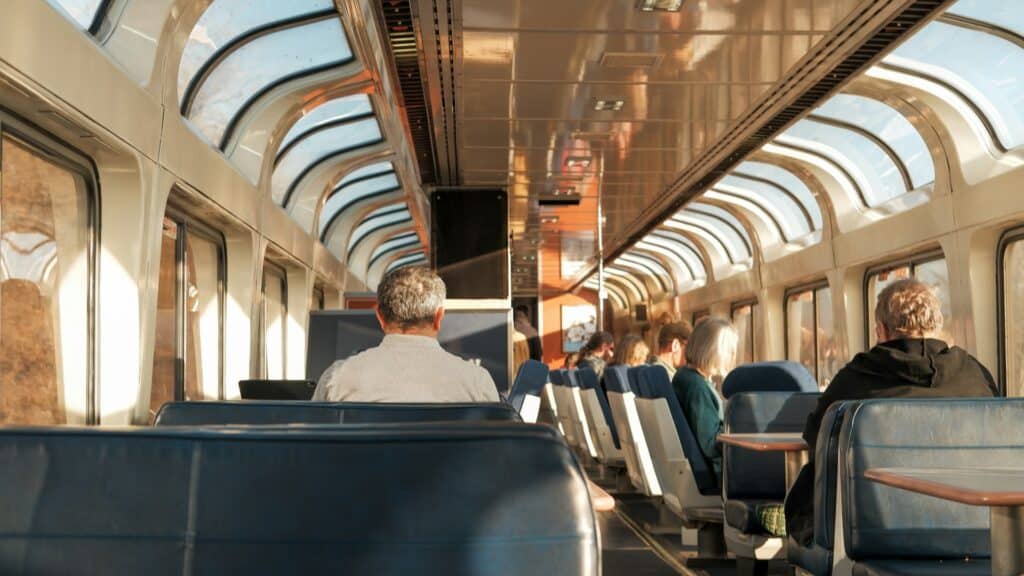
Trains organize days around reliable rhythms. You trade security lines and rental counters for a single platform, clear timetables, and a seat that does not shrink. That predictability frees attention. You plan fewer contingencies and enjoy more of the place you came to see.
Rail also rewires distance. Instead of choosing one city and day-tripping by car, you chain walkable downtowns like links. Money flows to station districts, small cafes, independent hotels, and local guides. What this really means is your spending supports neighborhoods designed for people instead of parking.
Designing A Station-Centric Route
Start with corridors, not states. Look for city pairs that connect downtown to downtown in hours, not days. Map station walks to museums, parks, and food halls so each arrival is a soft landing.
Keep transfers intentional, not frantic. Two legs in a day is plenty if you want time to wander between them.
Choose hubs with frequency. Cities like Philadelphia, Chicago, and Los Angeles can anchor multiple day trips without repacking. That single decision reduces friction more than any packing hack.
Pick a theme to stitch days together. Architecture, minor league ballparks, record stores, or diners near depots. A narrow thread makes choices easier and memories sharper.
Tickets, Passes, And Timing
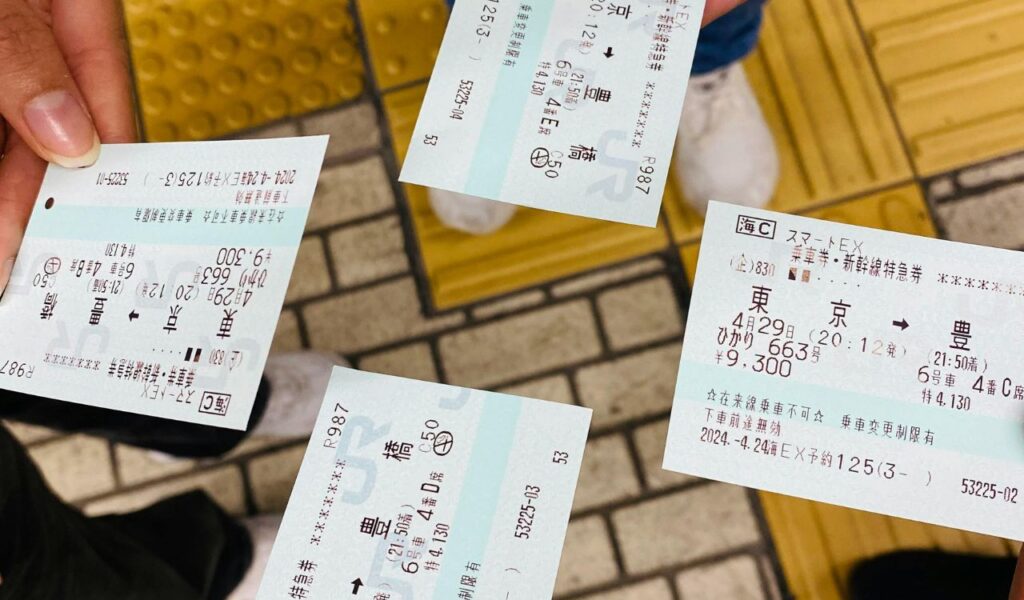
Book by purpose, not by habit. Flex fares buy breathing room on business trips. Saver fares lock in value for leisure routes with fixed dates. Overnight legs earn their place when they replace one hotel night and move you while you sleep.
Build buffers at the ends, not the middle. Arrive a day early before time-sensitive events. Leave space after the last leg so a late arrival is an inconvenience, not a crisis. Trains are steady, but life still happens.
Packing Light And Smart
Pack for stairs and short walks. Many stations have elevators, yet you will still lift a bag onto racks. A small rolling case and a soft tote cover almost every scenario. You will thank yourself on crowded platforms.
Keep a seat kit within reach. Headphones, a light sweater, charger, water, and a snack you actually like.
Use layers instead of bulky outerwear. Cars can vary in temperature. A breathable base, a mid layer, and a compact shell adapt without eating space.
Bring a paper backup of key reservations. Phones die. Paper does not. It also helps when you ask staff for the fastest connection or an alternate train.
Choosing Corridors That Shine
Look for routes with both scenery and walkability on arrival. The Northeast Corridor rewards museum-heavy days and late dinners without taxis. The Pacific Northwest pairs water views with compact downtowns that feel built for feet. In the Rockies and Southwest, day segments frame desert light and small town stops that still keep a main street.
If you crave variety, mix one long haul with two short hops. That balance adds range without fatigue. The country feels bigger in a good way, and you still sleep well.
Eating And Drinking Without Losing Time
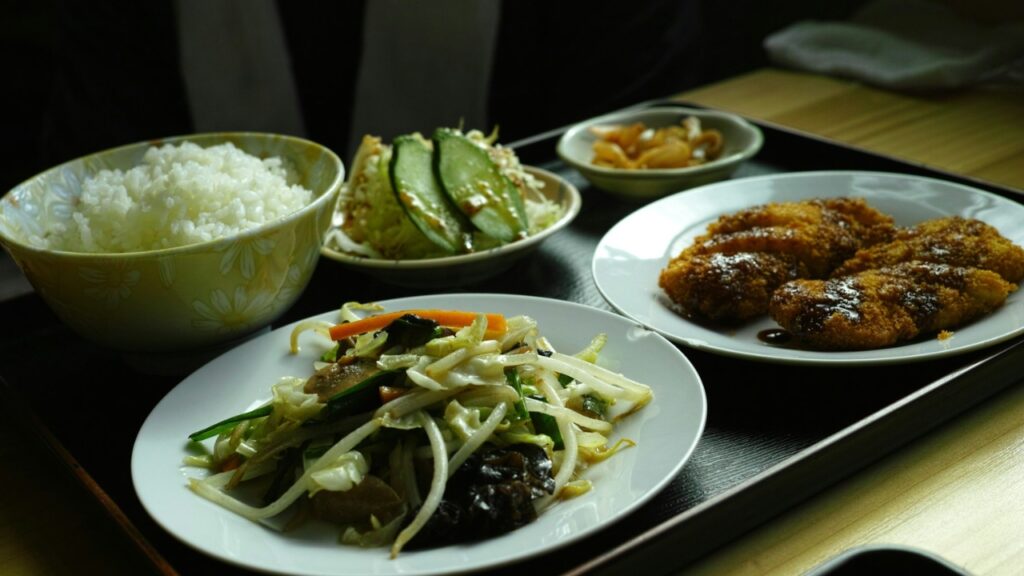
Treat meals as anchors, not errands. Breakfast near the station, lunch aboard, dinner within a ten-minute walk of arrival. You avoid the scramble and still keep spontaneity alive. Cafe cars cover simple needs. The rest is your chance to try the neighborhood.
Carry one reliable snack and water. It keeps you steady if a line is long or a crew change runs over. Small habits like this make travel feel easy.
Working, Sleeping, And Staying Present
If you must work, set blocks that match the timetable. Ninety minutes of focused effort between stops beats all-day drift. Window time becomes a reward instead of a distraction. Your output improves because the day has edges.
For rest, seat choice matters. Aisle seats ease movement. Window seats feel private and collect less foot traffic. On night legs, a neck pillow and eye mask turn respectable silence into real sleep.
Presence is the quiet prize. You see rivers slide under trestles, factories give way to farms, and kids wave from crossings. That small attention shift makes each city feel connected, not isolated.
Safety, Accessibility, And The Mindset Shift
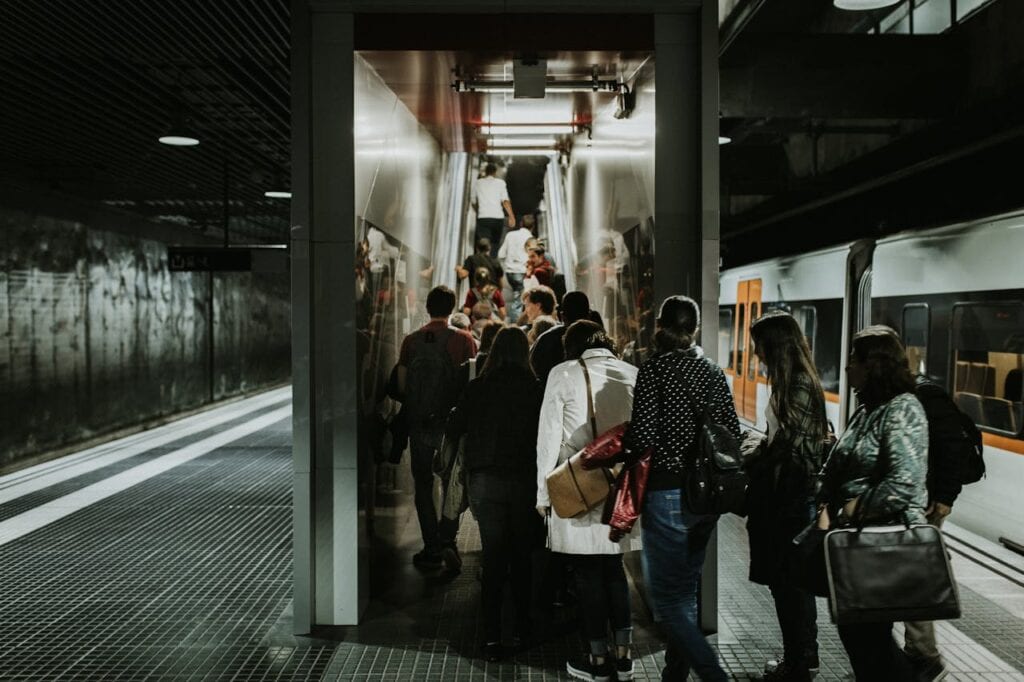
Stations have the same common-sense rules as busy downtowns. Keep bags zipped, step back from platform edges, and follow crew instructions. Accessibility improves each year, with level boarding on many routes and staff who know the ramps, lifts, and car layouts that help most.
The bigger change is mental. You stop treating movement as the enemy and let it carry the day. Trains turn downtime into part of the story, which is why these itineraries stay with you long after the last stop.